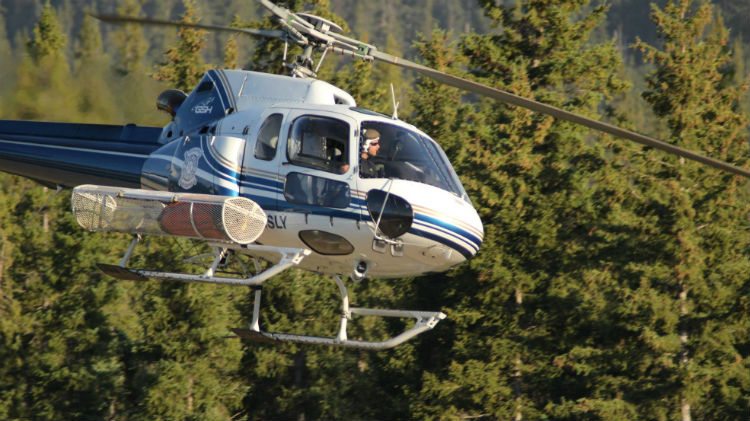Northwest Territories firefighters could be sent to help elsewhere in Canada as the territory’s own wildfire season comes under control.
The 2015 season began early and with considerable intensity in the NWT, but wet, cooler weather in recent weeks has led to a marked improvement.
By this point in the devastating 2014 season, 284 fires had appeared in the territory. This summer, that figure is down to 207. The area burned so far this year stands at around 600,000 hectares – some 400,000 hectares fewer than by the end of July 2014.
Just two new fires were reported in the past week.
“Things have calmed down quite a bit,” said Richard Olsen, the territory’s wildfire operations manager. “It’s almost a nice, calming, relaxing feeling that we have the time to sit and think about things.”
Olsen confirmed all firefighters brought in from other provinces and territories have now been sent home. It’s currently more likely that the territory’s own crews may soon be sent south, to provinces like British Columbia or Saskatchewan, instead.
“We are at the point, in the next week or so, where our normal season in some places will be winding down,” said Olsen. “We’ll be looking at whether we extend crews for possible export to help crews down south.
“There may be a point in time for the folks there [in BC, Alberta and Saskatchewan] to take a break and for new people to cycle in to replace them.”
More detail: NWT Fire map and wildfire situation report
Olsen also wants to send NWT personnel to fight fires in other provinces for educational purposes. He believes they can learn more from working with different teams.
That said, the Northwest Territories is not yet entirely free of fire risk this summer.
“We are still in drought-type conditions for areas around Great Slave Lake and still do need significant rain – we’re talking four to five inches, in most cases, to bring things back to normal,” said Olsen.
“But what has happened is the scope of the overall area affected has been reduced, so chances of new fire starts are diminishing and areas of concern we had a month ago aren’t so much a concern any more. We’re expecting a lesser and lesser chance of lightning.”
The wildfire south of Hay River is now sufficiently under control that it will simply be monitored for the time being, with local fire crews expected to handle any remaining issues.
The fire burning around 60 km east of Yellowknife, which has the potential to threaten the Reid Lake area, is still being “actively managed” according to Olsen – who said “significant dry spots” remain in the areas east of the city.





